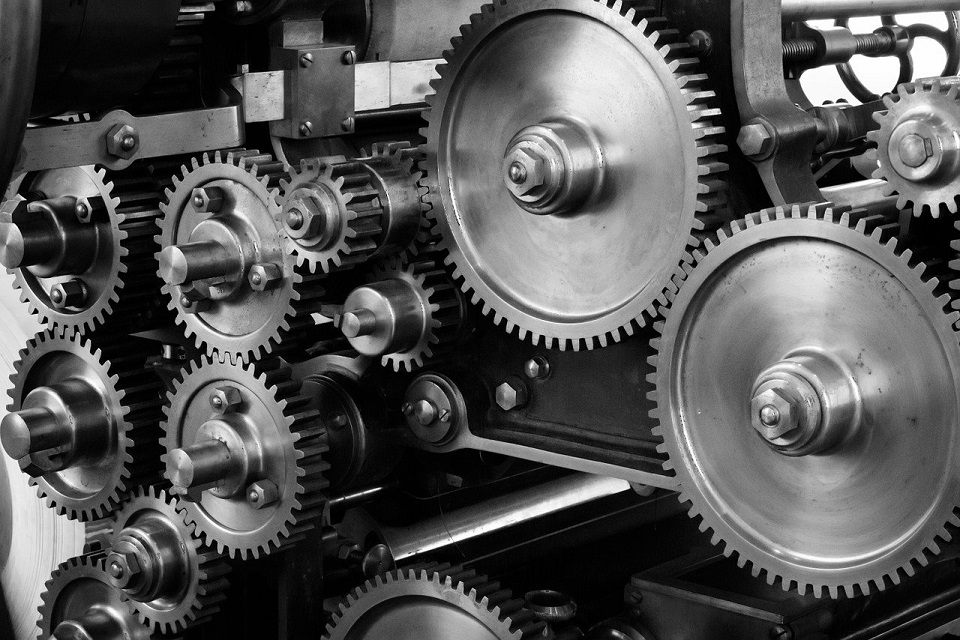One of the main handicaps of engineering projects for industrial companies is the depreciation valuation.
In recent years, many companies have tried to amortize engineering and industrial automation projects in a shorter period than that established before 2008, with the onset of the crisis. On average, taking into account that there are differences between companies and sectors, now the project is being amortized over two years, instead of the previous five.
But not only the reduction in payback time has been affected, but also the scope of the project itself. The projects are reduced, that is, not all the possibilities and / or functionalities are implemented, but only 20% -40% of the total of what could be done is accepted.
Although it may seem logical at the outset to reduce the repayment term and scope, in reality these conditions negatively affect results.
But, what should we take into account to properly assess an industrial automation and quality improvement project?
- Forecast growth, customer forecast and market trends. Whenever possible, the corresponding departments must be involved to plan the project, not only with current or short-term needs, but also with medium and even long-term forecasts. If after a while there is growth or unforeseen changes, it will have to be “completed” with parts of the initial project that were discarded, which is more expensive, less profitable, and may not even be possible. Therefore, the initial amortization that the company raises is not real, because it is not customary to maintain the amount over time. In the face of changes, we often have the possibility to reorient the project or adapt the machinery, but it has an extra cost not foreseen in the initial planning.
- Quality improvement. This factor is often more difficult to assess, as it is more difficult to quantify. But the improvement in quality translates into better production performance (fewer errors, less wasted production, less time to solve problems …) and an optimization of customer flow (we do not lose customers due to production problems, and we can access new customers who ask for higher quality standards).
- The impact on staff. In addition to reducing costs in salaries and jobs, human errors are reduced and production is made more flexible, and therefore shifts if necessary. It also has a positive impact on productivity, by facilitating working conditions.
- The reduction of costs, such as supplies and energy, or regular or occasional maintenance costs. In this sense, automation allows predictivemaintenance, which translates into higher profitability.
- The calculation of amortization. A much more precise way to calculate profitability and amortization is to do it with productive units instead of the economic amount. That is, the number of units that we can produce in a faster and more optimized way, and that allow us to amortize the project earlier.
- The financing of the project. In the event that we finance it with a bank, it generates cash for us during the time that we are amortizing it.
Another point to value is the fact that continuous improvement should be a constant objective, since it is essential for the survival, competitiveness and growth of companies.
In short, depreciation has both direct and indirect implications for production that have to be valued globally. On the other hand, the project should be planned in detail and taking into account the forecasts, at least, in the medium term.
Prepare budgets with foresight
Although it seems obvious, sometimes annual investment budgets are made with the knowledge that the company has at the time of drawing them. Needs for one year are often not taken into account, and those that arise during the following year will have to wait for the next period if there is no budget available.
It is therefore important to speak with the departments of the company that may have this information, such as the commercial department or marketing and sales, to plan budgets taking into account the forecasts.
Know what the sector and the competition are doing
In order to be proactive and forward-looking we need knowledge. That is, to know what the sector and the competition are doing, and what the market trends will be.
This information is not easy to obtain, especially one that is of quality. But in this sense, your engineering is a very valuable ally: it knows what has been done for other clients in the sector, what they are implementing, what they have asked for their projects … We are not saying that they have to give you confidential information about others Clients, of course, but they can guide and advise you from an internal knowledge of the sector that is difficult to match, since they know what the sector is asking of them.
In addition, based on this knowledge, they can help you define the axis of your competitive advantage: Cost or flexibility, how do you want to differentiate yourself? This choice will define your investments.
In short, proactivity and foresight will help you make much better use of your investments in industrial automation, and for this you need knowledge of the market and the competition. On this last point, your engineering can advise you from a privileged position in the sector.Looking for best Chemical reactor manufacturer in Delhi? Stalwart is the best option for you.

